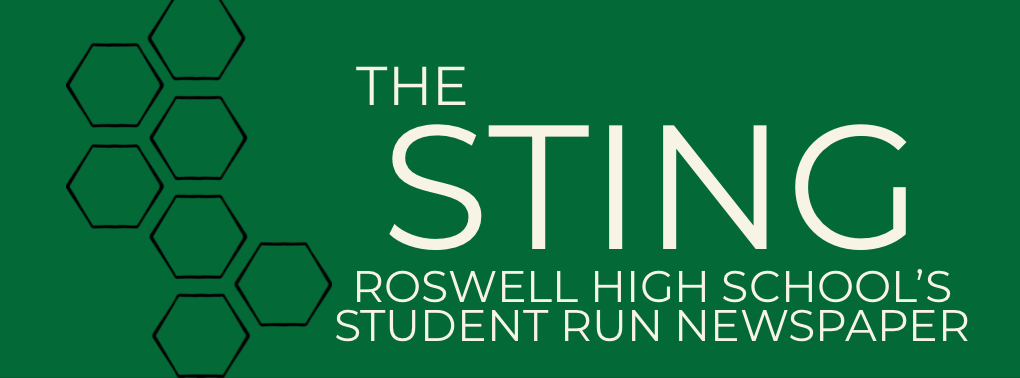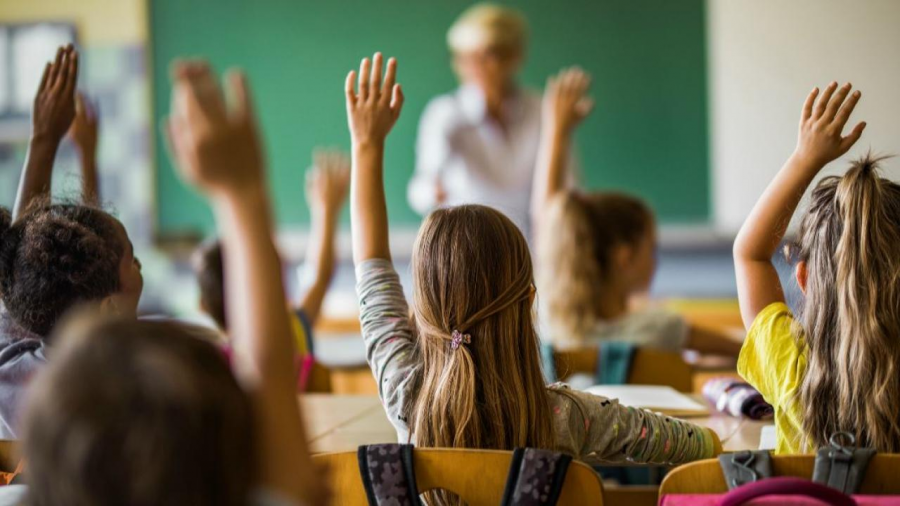Full face-to-face learning: Helpful or Harmful?
November 17, 2020
Many schools around Atlanta have been returning back to face-to-face learning, including Fulton County and the Roswell area.
Fulton County has enforced masks to be worn by students and social distancing in the school building. However, many parents and students wonder how effective these measures are actually going to be in such compact classrooms and enclosed hallways.
Young children going back to school face-to-face
Young children with COVID are less likely to have severe symptoms than adults. However kids who contract COVID can still get sick but the death rate is lower. The CDC states that “although the cumulative rate is low, one in three children hospitalized with COVID-19 was admitted to an intensive care unit so the risk is not negligible. Similarly, the death rate among school-aged children is much lower than the rate among adults.”
March 1 to July 25, 2020, recorded 8.0 per 100,000 population, with the highest rate among children aged <2 years (24.8). During March 21–July 25, weekly hospitalization rates steadily increased among children (from 0.1 to 0.4 per 100,000, with a weekly high of 0.7 per 100,000).
When considering if your young child should go back to face-to-face consider how COVID rates in children have recently risen. In addition they will be in enclosed classrooms and hallways where social distancing is harder than if you were outside or in a bigger building.
Even with masks and staff trying to make students social distance and not allowing them to have physical contact or close contact, these measures won’t always succeed. Young children especially don’t understand what is happening and can’t comprehend the importance of taking certain precautions like masks and social distancing. They will want to take it off their masks and hug their friends that they haven’t possibly seen in months.
However only a modest percentage of students are going back to school in middle and elementary, depending on where you’re from.
If you have a young student or are planning on sending your young child back to school you might want to check out this website with some practical tips on wearing masks for children and some tips on how often to clean your masks.
Also a 25 minute video below talks about more about if children will be safe returning to school from Dr. Dina Kulik.
High School Students going back to school face-to-face
High schools are larger than elementary and middle schools the majority of the time. A place like Roswell has around 2,221 students as of 2018-2019. With only 30 percent of students staying home, that’s around 1,600 students going back to school everyday.
However some other schools in the county have different amounts of students staying in remote learning and fewer students going back to school. Roswell some students have the opportunity to sit outside which helps with keeping to many students in the lunchroom.
However when, Sandra Glass, a student who regularly goes to in person school was interviewed they stated, “Some students don’t wear their masks correctly and some students don’t social distance”. When asked how they felt about the current situation they said, “I feel like there should be stricter rules in place, because some kids just ignore the teachers completely”.
Is going back going to be harmful or helpful?
Staff and teachers have been wearing protective gear and maintaining social distancing in the classrooms can be hard and might not always work. I believe that if schools are going to bring students fully back face-to-face as they are currently they should be watching students more carefully.
If some students are having problems with remote learning and keeping up with it because students need that physical connection in the classroom in order to learn better or other reasons, parents and students should figure out what is best for them and weigh the risks of COVID and their personal learning.
If some students can’t keep their masks on all day and won’t social distance or listen to the teachers and staff, they should not be coming to school or have consequences. They would be putting other students, staff, teachers and all of those peoples families at risk.
It would be useless to take mask breaks or have students not wear their masks correctly, even though i understand how uncomfortable mask wearing can sometimes be. Corona can spread so incredibly fast with anyone’s masks off for a few minutes.
In the end it’s up to the students and their parents, however some parents don’t care about the virus and still are letting their kids go to school when they could’ve been around people who are positive.
COVID-19 is an ever changing virus and scientists are still learning more about how the virus is affecting children and teens and the CDC is constantly updating on all COVID-19 concerns.
If you have more questions or want more information on any subject about the virus, the CDC website is the best place to go.


